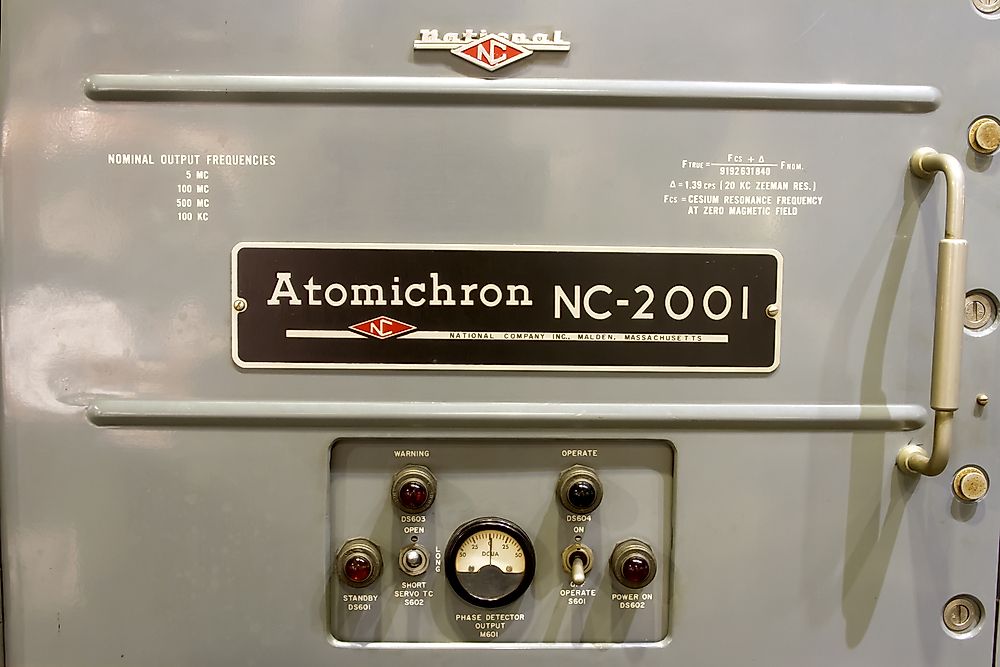The World's Most Reactive Metal

Francium is the most reactive metal on the periodic table. The metal is also radioactive and one of the rarest naturally occurring elements. In fact, naturally occurring francium is so rare that the metal must be synthetically created in a laboratory. Therefore, for practical purposes, Cesium is often regarded as the most reactive metal. Cesium is one of the few elemental metals that is liquid at room temperature, but also reacts explosively with water. Additionally, the most reactive non-metal element on the periodic table is fluorine, which has the symbol F and atomic number 9. Fluorine is also the most electronegative element, making it the strongest oxidizing agent of all the elements.
Francium
Francium is an element with the symbol Fr and atomic number 87. Prior to the discovery of francium, the element was predicted and given the name eka-cesium. It has a stable isotope of francium-223, which was initially referred to as actinium K and has a short half-life of just twenty-two minutes. Francium ranks as the second most electropositive element, following cesium, and is also the second rarest naturally occurring element, after astatine. Francium and its isotopes decay quickly into astatine, radium, and radon. The element has never been studied in bulk form, and most of its characteristics are deduced from elements in the same column of the periodic table. If large quantities of the element could be gathered for observation in liquid or solid form, it would vaporize instantly as a result of the extreme heat generated due to its short half-life. Francium was discovered by Marguerite Perey in France in 1939.
Cesium
Cesium is a chemical element with the symbol Cs and atomic number 55. Also spelled as Caesium by the International Union of Pure and Applied Chemistry (IUPAC), the metal is soft with a silvery golden color, and is categorized as an alkali metal that has a melting point of 83.3 °F. It is one of only five metal elements that exist in liquid form at room temperature. The metal has physical characteristics similar to those of potassium and rubidium. The element is one of the most reactive metals and is capable of reacting with water even at temperatures of -177 °F. On the Pauling Scale, the element has a value of 0.79, making it the least electronegative element. Cesium-133 is its only stable isotope, and is mined from pollucite, while other isotopes, such as Cesium-137, which is a fission product, are derived from waste produced by nuclear reactors. The element was discovered in 1860 by a German physicists Gustav Kirchhoff and Robert Bunsen.
Uses of Cesium
Cesium has numerous applications, one of which is its use in atomic clocks. The first accurate cesium clock was built in 1955 by British physicist Louis Essen. Since then cesium clocks have improved significantly, and are now considered the most accurate form of time keeping, with an error of just 2 or 3 parts in 1014, which is equivalent to 2 nanoseconds per day or 1 second every 1.4 million years. Furthermore, the latest cesium clocks are even more accurate, with an error of 1 part in 1015, which is equivalent to 1 second every 20 million years. Cesium clocks are now used to regulate the timing of the internet and mobile phone networks. In 2018, it was proposed that the definition of the second should be based on the numerical value frequency of Cesium-133.











